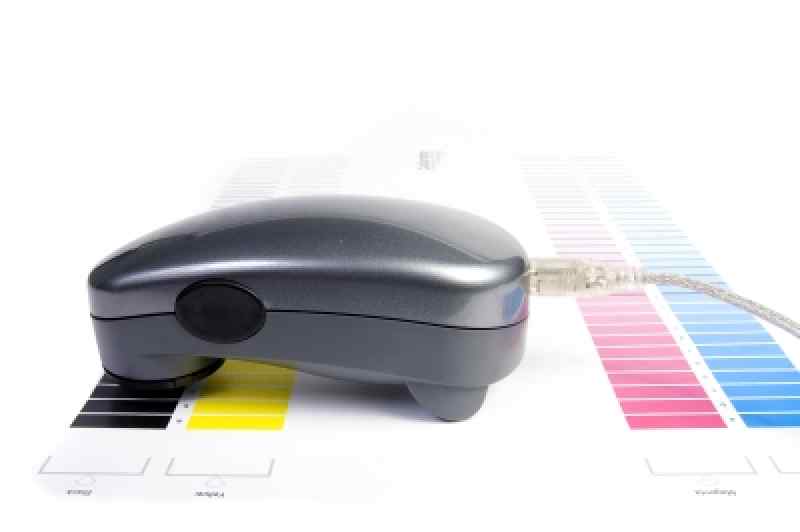Submitted by administrator on
Piezoelectric printers are providing new hope for retinal repairs after a University of Cambridge study has published preliminary reports of ganglion and glial cells being printed and sustaining their health and survivability to grow in culture.
The trials have been conducted on rat specimens from cells taken from within the eye, a mature nervous system. To date the trial has not attempted to print light sensitive photoreceptors but this is the next stage of the University study.
The retina is affected by a host of eye disorders and disease which when damaged, will result in loss of central vision as the light sensitive layers disintegrate. The ganglion and glial cells act as a runner for information from our eye to the brain and in addition act as bodyguards and support neurons. While the cells remain healthy there is hope that in the future the technology will be put to use to assist in the repair of damaged retinas. Stem cell transplants have already proved successful and reversed loss of sight in mice.

